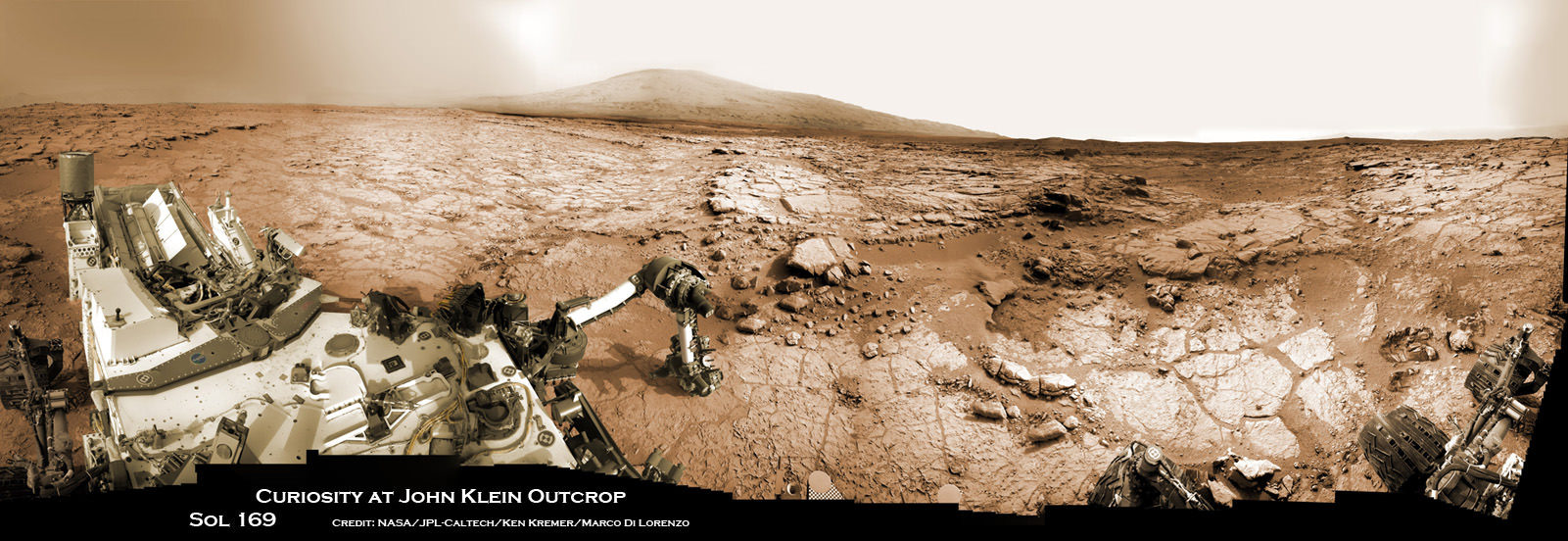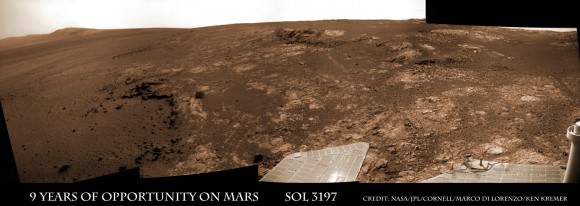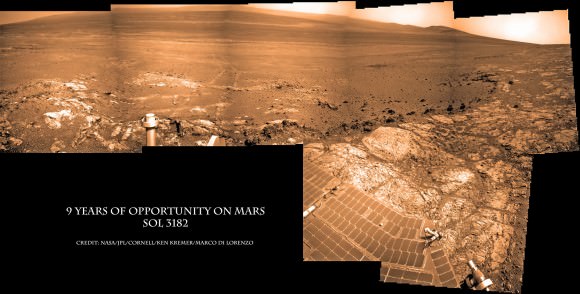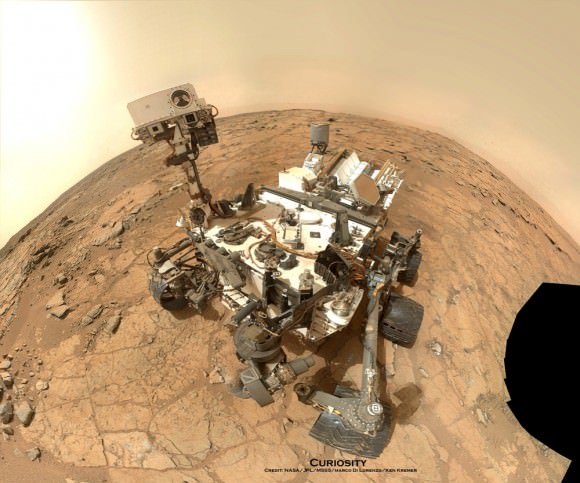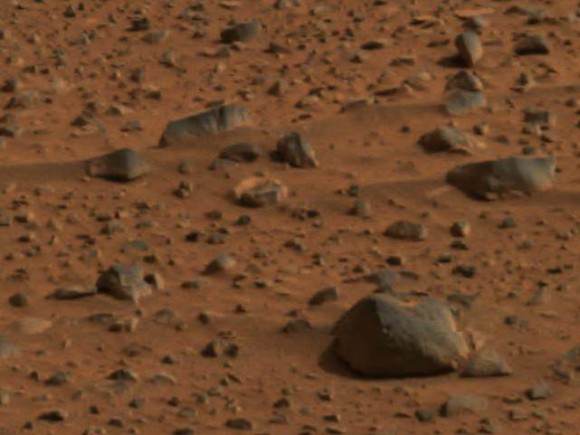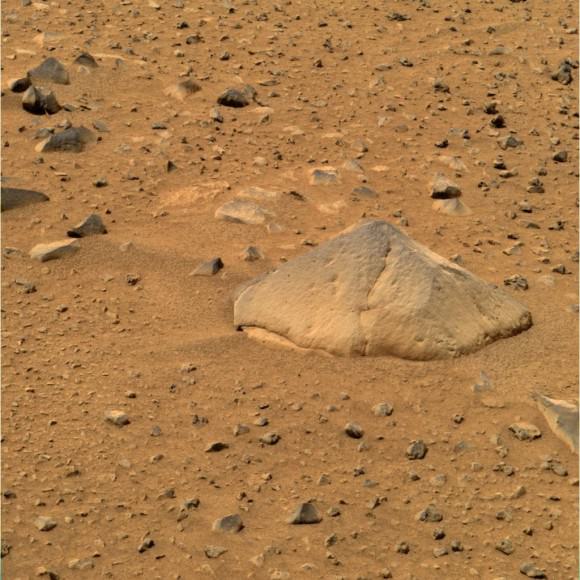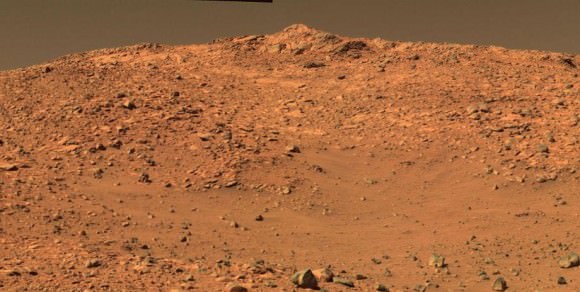History was made on July 20th, 1969, when Apollo 11 astronauts Neil Armstrong and Buzz Aldrin set foot on the surface of the Moon. The moment was the culmination of decades of hard work, research, development and sacrifice. And since that time, human beings have been waiting and wondering when we might achieve the next great astronomical milestone.
So really, when will we see a man or woman set foot on Mars? The prospect has been talked about for decades, back when NASA and the Soviets were still planning on setting foot on the Moon. It is the next logical step, after all. And at present, several plans are in development that could be coming to fruition in just a few decades time.
Original Proposals:
Werner Von Braun, the (in)famous former Nazi rocket scientist – and the man who helped spearhead NASA’s Project Mercury – was actually the first to develop a concept for a crewed mission to Mars. Titled The Mars Project (1952), his proposal called for ten spacecraft (7 passenger, 3 cargo) that would transport a crew of 70 astronauts to Mars.
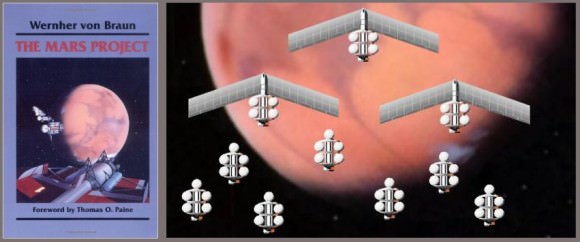
His proposal was based in part on the large Antarctic expedition known as Operation Highjump (1946–1947), a US Navy program which took place a few years before he started penning his treatise. The plan called for the construction of the interplanetary spacecraft in around the Earth using a series of reusable space shuttles.
He also believed that, given the current pace of space exploration, such a mission could be mounted by 1965 (later revised to 1980) and would spend the next three years making the round trip mission. Once in Mars orbit, the crew would use telescopes to find a suitable site for their base camp near the equator.
A landing crew would then descend using a series of detachable winged aircraft (with ski landing struts) and glide down to land on the polar ice caps. A skeleton crew would remain with the ships in orbit as the surface crew would then travel 6,500 km overland using crawlers to the identified base camp site.
They would then build a landing strip which would allow the rest of the crew to descend from orbit in wheeled gliders. After spending a total of 443 days on Mars conducting surveys and research, the crew would use these same gliders as ascent craft to return to the mother ships.
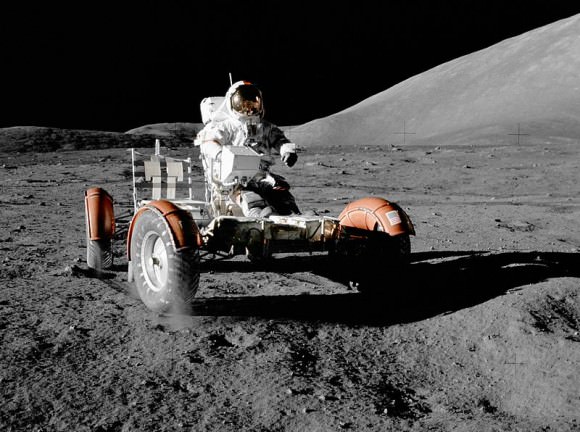
Von Braun not only calculated the size and weight of each ship, but also how much fuel each would require for the round trip. He also computed the rocket burns necessary to perform the required maneuvers. Because of the detailed nature, calculations and planning in his proposal, The Mars Project remains one of the most influential books on human missions to the Red Planet.
Obviously, such a mission didn’t happen by 1965 (or 1980 for that matter). In fact, humans didn’t even return to the Moon after Eugene Cernan climbed out of the Apollo 17 capsule in 1972. With the winding down of the Space Race and the costs of sending astronauts to the Moon, plans to explore Mars were placed on the backburner until the last decade of the 20th century.
In 1990, a proposal called Mars Direct was developed by Robert Zubrin, founder of the Mars Society and fellow aerospace engineer David Baker. This plan envisioned a series of cost-effective mission to Mars using current technology, with the ultimate goal of colonization.
The initial missions would involve crews landing on the surface and leaving behind hab-structures, thus making subsequent missions easier to undertake. In time, the surface habs would give way to subsurface pressurized habitats built from locally-produced Martian brick. This would represent a first step in the development of in-situ resource utilization, and eventual human settlement.
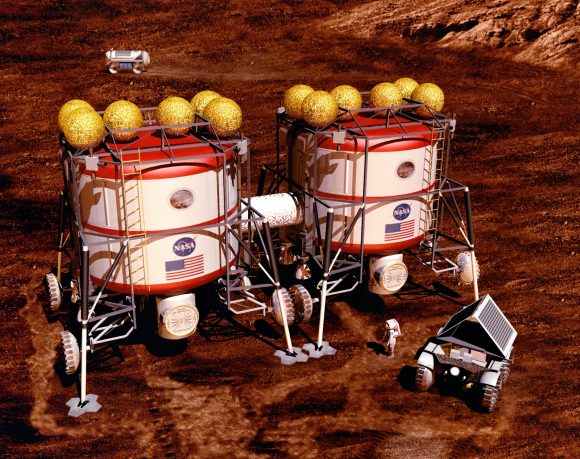
During and after this initial phase of habitat construction, hard-plastic radiation- and abrasion-resistant geodesic domes would be deployed to the surface for eventual habitation and crop growth. Local industries would begin to grow using indigenous resources, which would center around the manufacture of plastics, ceramics and glass out of Martian soil, sand and hydrocarbons.
While Zubrin acknowledged that Martian colonists would be partially Earth-dependent for centuries, he also stated that a Mars colony would also be able to create a viable economy. For one, Mars has large concentrations of precious metals that have not been subjected to millennia of human extracting. Second, the concentration of deuterium – a possible source for rocket fuel and nuclear fusion – is five times greater on Mars.
In 1993, NASA adopted a version of this plan for their “Mars Design Reference” mission, which went through five iterations between 1993 and 2009. And while it involved a great deal of thinking and planning, it failed to come up with any specific hardware or projects.
Current Proposals:
Things changed in the 21st century after two presidential administrations made fateful decisions regarding NASA. The first came in 2004 when President George W. Bush announced the “Vision for Space Exploration“. This involved retiring the Space Shuttle and developing a new class of launchers that could take humans back to the Moon by 2020 – known as the Constellation Program.
Then, in February of 2010, the Obama administration announced that it was cancelling the Constellation Program and passed the Authorization Act of 2010. Intrinsic to this plan was a Mars Direct mission concept, which called for the development of the necessary equipment and systems to mount a crewed mission to Mars by the 2030s.
In 2015, NASA’s Human Exploration and Operations Mission Directorate (HEOMD) presented the “Evolvable Mars Campaign”, which outlined their plans for their “Journey to Mars’ by the 2030s. Intrinsic to this plan was the use of the new Orion Multi-Purpose Crew Vehicle (MPCV) and the Space Launch System (SLS).
The proposed journey would involve Three Phases, which would involve a total of 32 SLS launches between 2018 and the 2030s. These missions would send all the necessary components to cis-lunar space and then onto near-Mars space before making crewed landings onto the surface.
Phase One (the “Earth Reliant Phase”) calls for long-term studies aboard the ISS until 2024, as well as testing the SLS and Orion Crew capsule. Currently, this involves the planned launch of Exploration Mission 1 (EM-1) in Sept. of 2018, which will be the first flight of the SLS and the second uncrewed test flight of the Orion spacecraft.
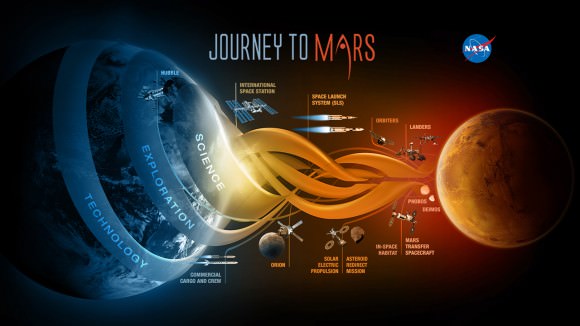
NASA also plans to capture a near=Earth asteroid and bring it into lunar orbit, as a means of testing the capabilities and equipment for a Mars mission. Known as the Asteroid Redirect Mission, this mission is scheduled to take place in the 2020s and would primarily involve a robotic mission towing the asteroid and returning samples.
Exploration Mission 2 (EM-2), the first crewed flight using the Orion capsule, would conduct a flyby around the Moon and this asteroid between 2021 and 2023. At this point, NASA would be moving into Phase Two (“Proving Ground”) of the Journey to Mars, where the focus would move away from Earth and into cis-lunar space.
Multiple SLS launches would deliver the mission components during this time – including a habitat that would eventually be transported to Martian orbit, landing craft, and exploration vehicles for the surface of Mars. This phase also calls for the testing of key technologies, like Solar Electric Propulsion (aka. the ion engine).
By the early 2030s, Phase Three (“Earth Independent”) would begin. This calls for testing the entry, descent and landing techniques needed to get to the Martian surface, and the development of in-situ resource utilization. It also calls for the transferring of all mission components (and an exploration crew) to Martian orbit, from which the crews would eventually mount missions to designated “Exploration Zones” on the surface.
On Sept. 15th, 2016, the Senate Committee on Commerce, Science, and Transportation passed the NASA Transition Authorization Act of 2016, a measure designed to ensure short-term stability for the agency in the coming year.
The European Space Agency (ESA) has long-term plans to send humans to Mars, though they have yet to build a manned spacecraft. As part of the Aurora Program, this would involve a crewed mission to Mars in the 2030s using an Ariane M rocket. Other key points along that timeline include the ExoMars rover (2016-2020), a crewed mission to the Moon in 2024, and an automated mission to Mars in 2026.
Roscosmos, the Russian Federal Space Agency, is also planning a crewed mission to Mars, but doesn’t envision it happening until between 2040 and 2060. In the meantime, they have conducted simulations (called Mars-500), which wrapped up in Russia back in 2011. The Chinese space agency similarly has plans to mount a crewed mission to Mars between 2040 and 2060, but only after crewed missions to Mars take place.
In 2012, a group of Dutch entrepreneurs revealed plans for a crowdfunded campaign to establish a human Mars base, beginning in 2023. Known as MarsOne, the plan calls for a series of one-way missions to establish a permanent and expanding colony on Mars, which would be financed with the help of media participation.
Other details of the MarsOne plan include sending a telecom orbiter by 2018, a rover in 2020, and the base components and its settlers by 2023. The base would be powered by 3,000 square meters of solar panels and the SpaceX Falcon 9 Heavy rocket would be used to launch the hardware. The first crew of 4 astronauts would land on Mars in 2025; then, every two years, a new crew of 4 astronauts would arrive.
SpaceX and Tesla CEO Elon Musk has also announced plans to establish a colony on Mars in the coming decades. Intrinsic to this plan is the development of the Mars Colonial Transporter (MCT), a spaceflight system that would rely of reusable rocket engines, launch vehicles and space capsules to transport humans to Mars and return to Earth.
As of 2014, SpaceX has begun development of the large Raptor rocket engine for the Mars Colonial Transporter, and a successful test was announced in September of 2016. In January 2015, Musk said that he hoped to release details of the “completely new architecture” for the Mars transport system in late 2015.
In June 2016, Musk stated in the first unmanned flight of the MCT spacecraft would take place in 2022, followed by the first manned MCT Mars flight departing in 2024. In September 2016, during the 2016 International Astronautical Congress, Musk revealed further details of his plan, which included the design for an Interplanetary Transport System (ITS) – an upgraded version of the MCT.
According to Musk’s estimates, the ITS would cost $10 billion to develop and would be ready to ferry the first passengers to Mars as early as 2024. Each of the SpaceX vehicles would accommodate 100 passengers, with trips being made every 26 months (when Earth and Mars are closest). Musk also estimated that tickets would cost $500,000 per person, but would later drop to a third of that.
And while some people might have a hard time thinking of MarsOne’s volunteers or SpaceX’s passengers as astronauts, they would nevertheless be human beings setting foot on the Red Planet. And if they should make it there before any crewed missions by a federal space agency, are we really going to split hairs?
So the question remains, when will see people sent to Mars? The answer is, assuming all goes well, sometime in the next two decades. And while there are plenty who doubt the legitimacy of recent proposals, or the timetables they include, the fact that we are speaking about going to Mars a very real possibility shows just how far we’ve come since the Apollo era.
And does anyone need to be reminded that there were plenty of doubts during the “Race to the Moon” as well? At the time, there were plenty of people claiming the resources could be better spent elsewhere and those who doubted it could even be done. Once again, it seems that the late and great John F. Kennedy should have the last word on that:
“We choose to go to the Moon! … We choose to go to the Moon in this decade and do the other things, not because they are easy, but because they are hard; because that goal will serve to organize and measure the best of our energies and skills, because that challenge is one that we are willing to accept, one we are unwilling to postpone, and one we intend to win.”
We’ve written many articles about humans traveling to Mars. Here’s how new technology might slash the time to travel to Mars down to 39 days, and here’s an article about a team that did a simulated Mars mission.
If you’d like more information about humans traveling to Mars, check out the Mars Society’s homepage. And here’s a link to MarsDrive, and another group looking to send people to Mars.
We’ve also recorded several episodes of Astronomy Cast about missions to Mars. Listen here, Episode 94: Humans to Mars, Part 1
Sources:

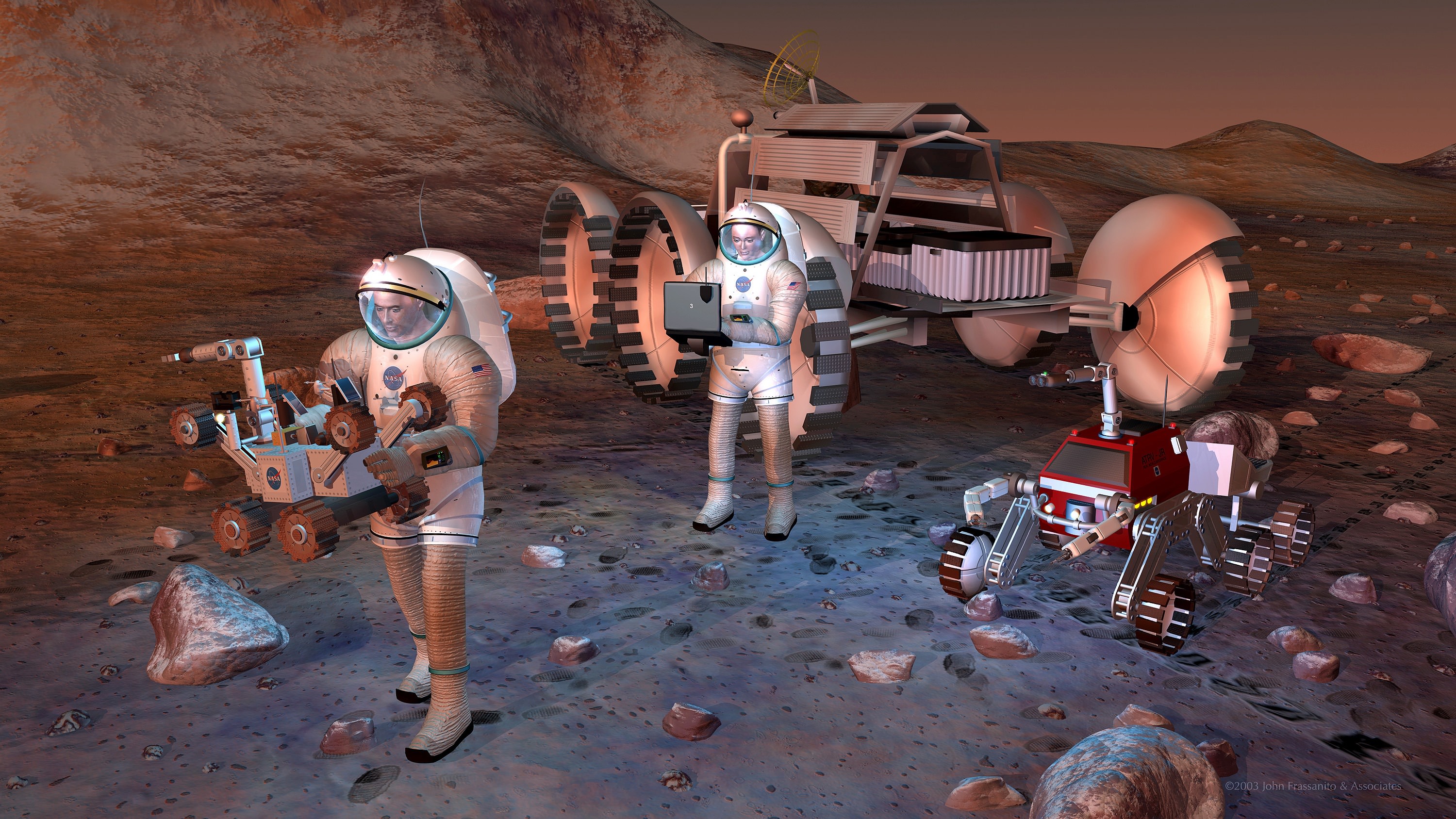
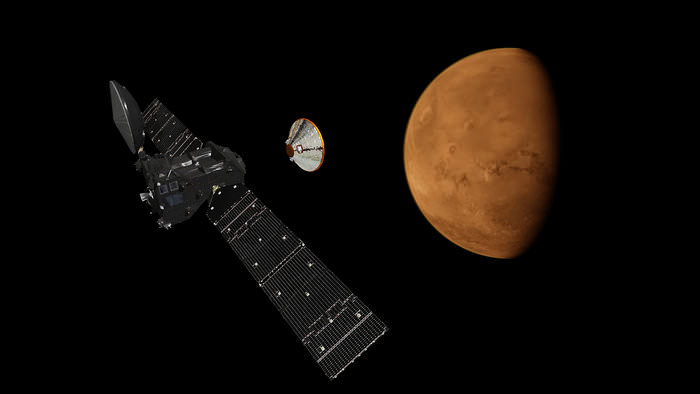
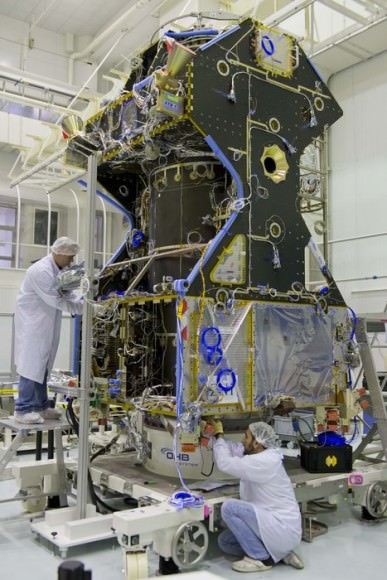
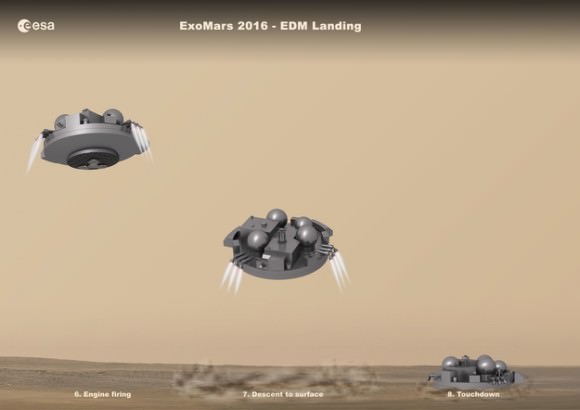
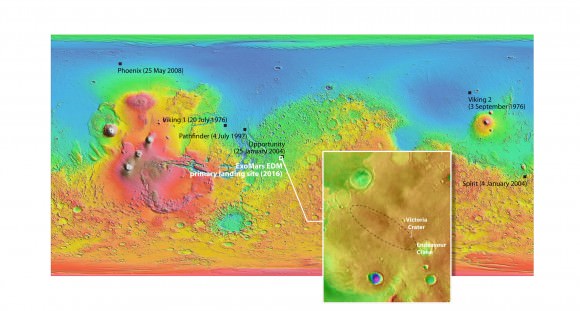
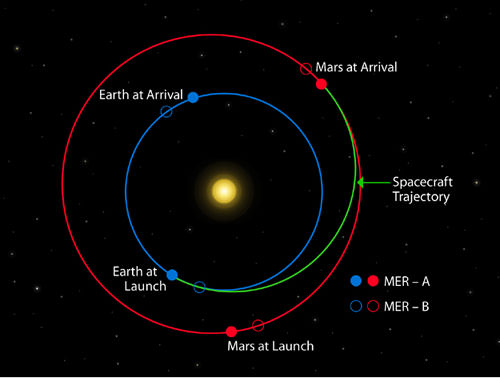
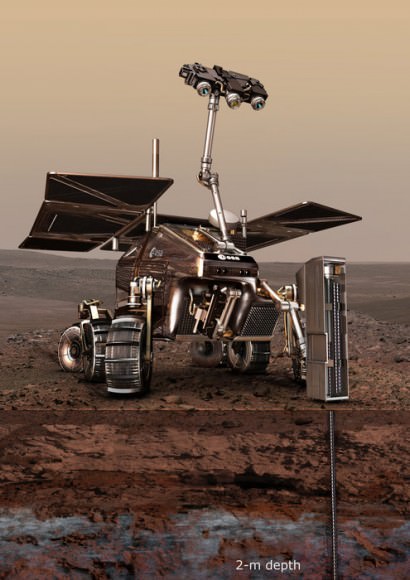
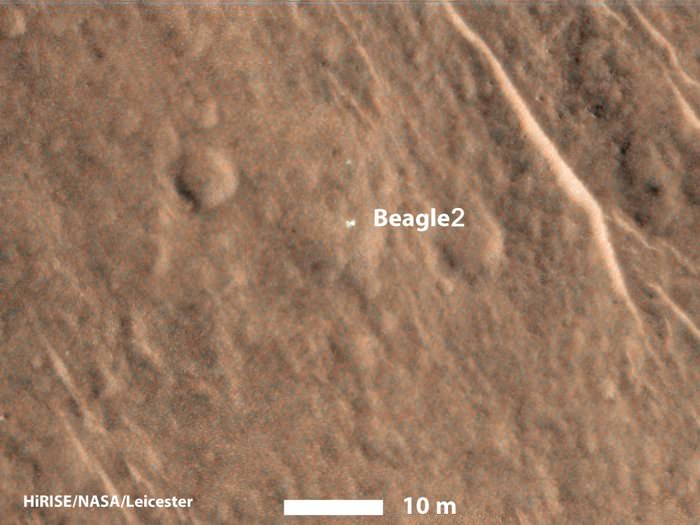
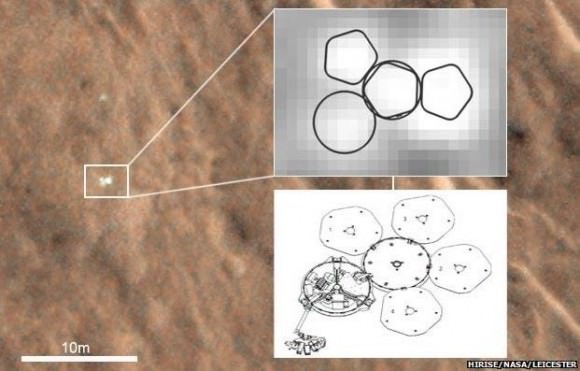
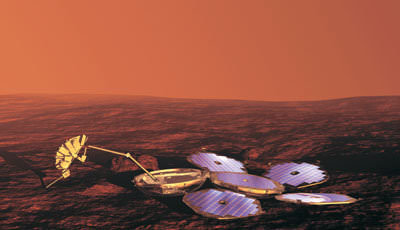
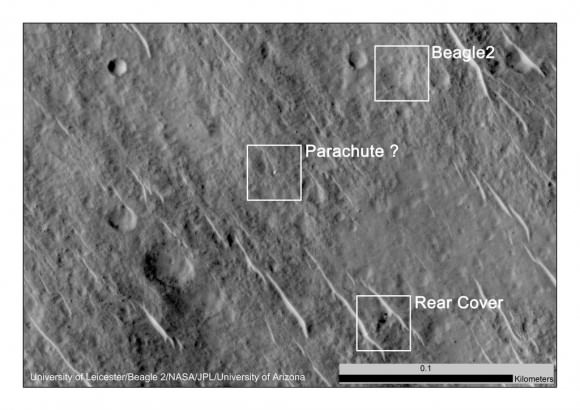
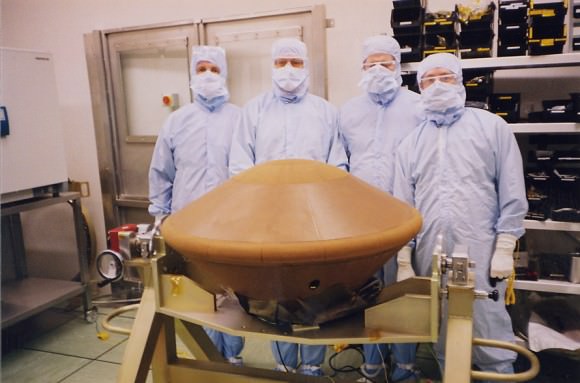
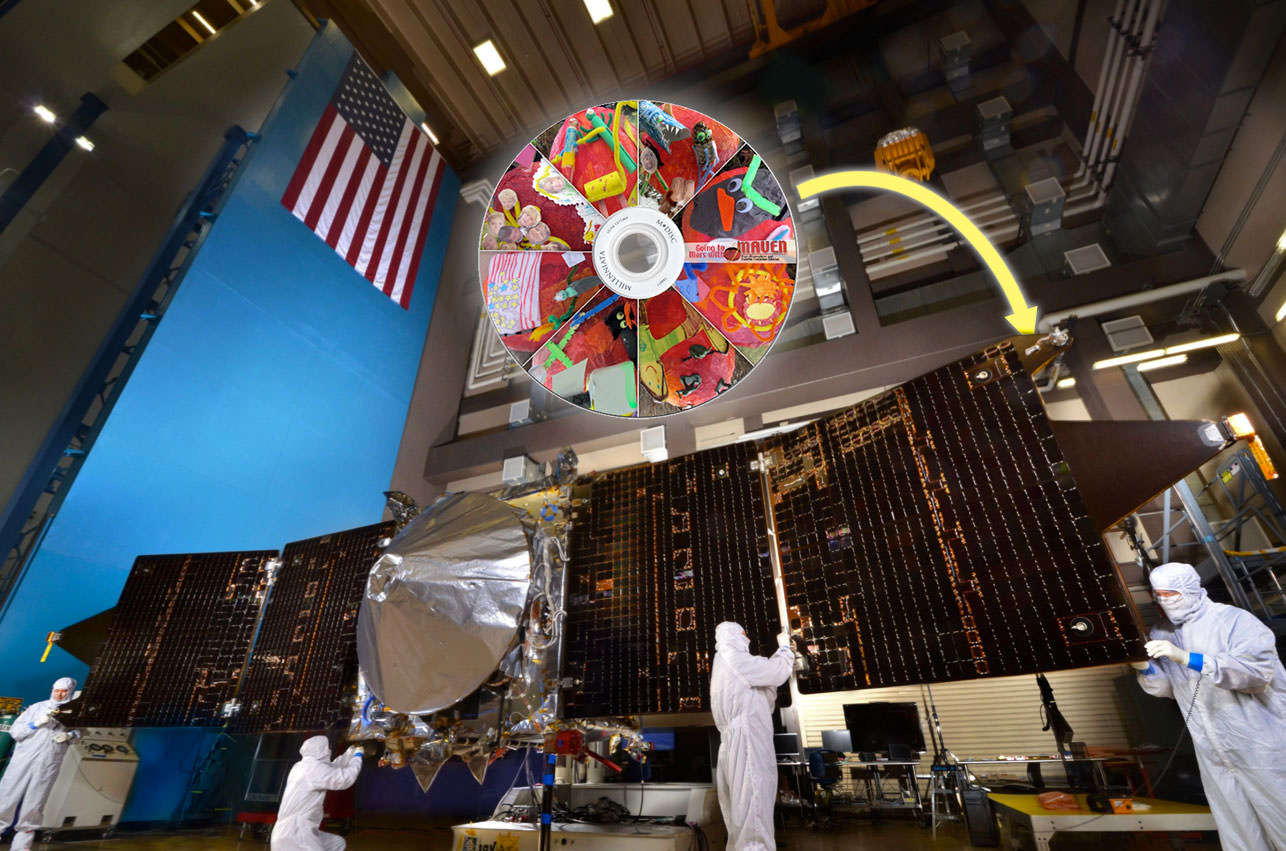
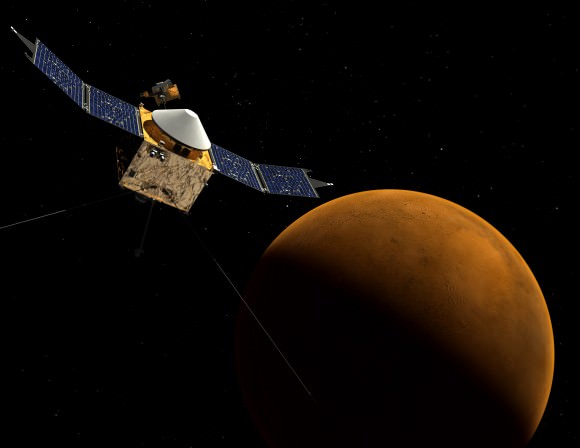
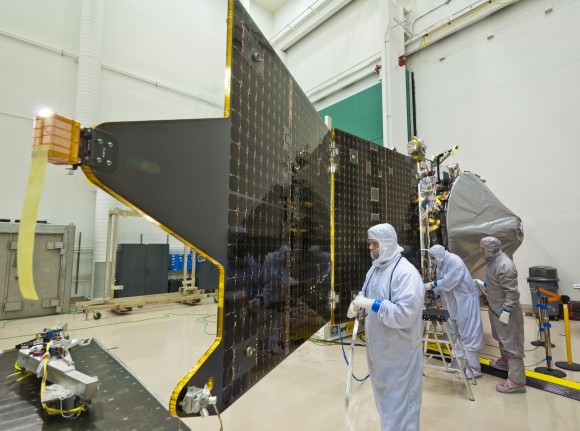
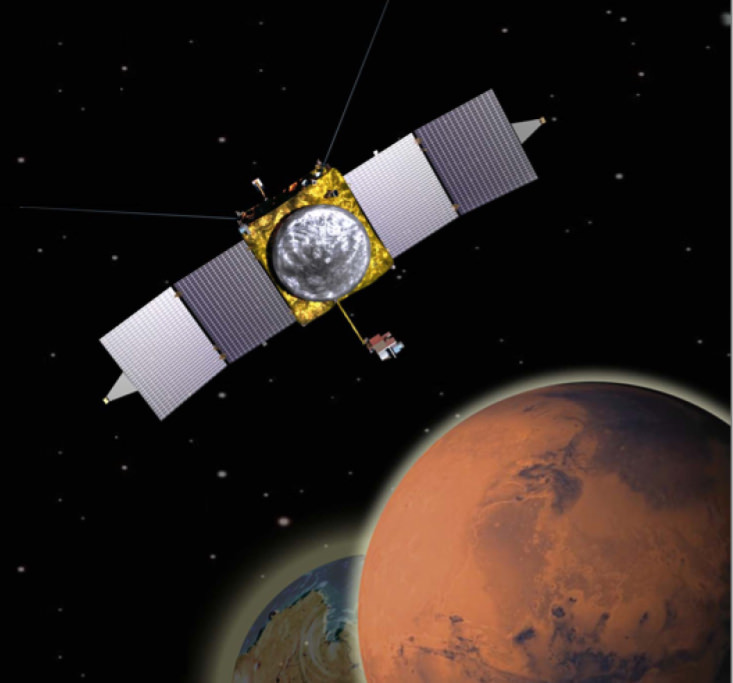
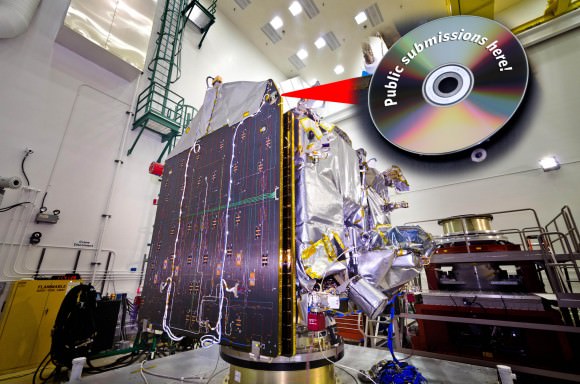
![470505_10150721848592868_1231281550_o[1]](https://www.universetoday.com/wp-content/uploads/2013/05/470505_10150721848592868_1231281550_o1-580x214.jpg)
